Our Universe: An Expanding Bubble in a Cosmic Sea With Other Bubbles

The idea that our universe might be a bubble that is expanding but surrounded by other bubbles of universes may seem out-of-this-world, but many scientists have been toying with the concept as it challenges the fundamental ideas of cosmology and reality itself. Nevertheless, recent discoveries and theoretical work lend evidence to the person-bubbles theory, and physicists suspect that we may be but a small part of a much larger multidimensional one.
The Bubble Universe Theory
science considers our universe as a bubble that is expanding in another dimension. This is not some harebrained theory but is serious business. According to this theory, our universe might be a small slice of being on the edge of an ever-expanding bubble into another dimension.
“In a nutshell, we think there is a lot of dark energy in our universe, and it seems fine-tuned to the properties of other universes” – Dr. Thomas Hertog, theoretical physicist at KU Leuven, Belgium.
This theory could shed light on some of today’s biggest secrets, like dark energy.

The Local Bubble and Our Cosmic Neighborhood
The idea of a universe as a bubble may sound preposterous, yet it is interesting that recently scientists mapped a small part of our local environment that is surprisingly reminiscent of it. Theo O’Neill, a student at the University of Virginia, managed to make a 3-D map revealing the structure of the big bubble-like object we call the Local Bubble, scaffolding the stars that appear in it. It is an immense almost-vacuum region of space surrounding our solar system that was created by ancient supernovae.
O’Neill’s method presents what seems to be a good framework to picture and understand the structure of our neighborhood and even how smaller bubbles can appear in the big scheme of things. Although they do not essentially represent the bubble proposed in the theory, they can remind us about other potential universes around us.
Multiverse Implications
The bubble theory tends to bring natural implications to the all-seeing multiverse, which indicates that we are merely one of many potential infinite universes. Its implications are broad for understanding physics, cosmology, and even philosophy.
Further quotes from Dr. Matthew Johnson, a theoretical physicist at York University:
“Our universe is a soap bubble in which a multitude of different universes exist… The multiverse idea is not just speculation. It arises naturally from some of our most successful physical theories, including inflation theory and string theory.”
Physicists continue to examine the theory of universes bubbling, others colliding within this multiverse. Since we cannot, by any means, view other universes at this point in time, scientists have directed attention to high-level mathematical modeling and simulation.
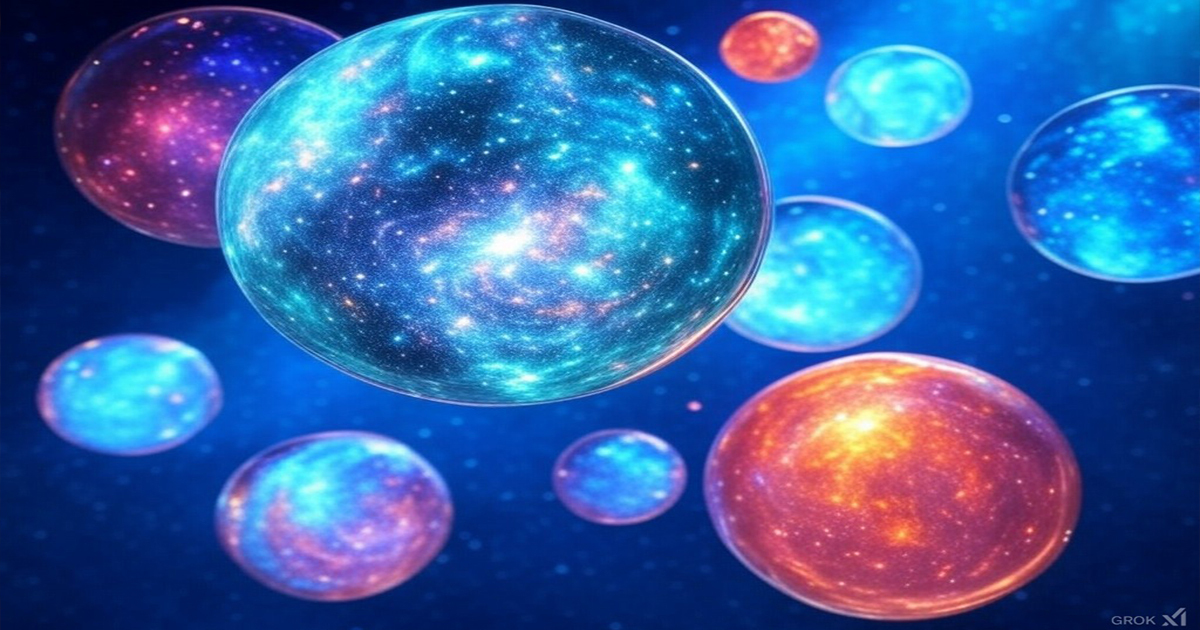
Observational Evidence and Challenges
Bubble universe theory may have some valid implications, yet gathering results to support them is difficult. However, astronomers and cosmologists always manage to broaden our capabilities.
For instance, the recent discovery of the enormous galactic superstructure called Quipu, which is more than 13,000 times the length of the Milky Way. It is yet another dominant and seemingly empty space region around the solar system built by ancient supernovae, but even this discovery is not enough to prove the bubble theory.
On top of that, continuing research in dark energy and universal expansion may lead up to more discoveries. Spectroscopic Instrument (DESI) hinted at the possibly non-constant acceleration of universal expansion . This hint and many like it could finally be well explained by a bubble theory.
Exploring Higher Dimensions
Two premises of the bubble universe theory hinge on the concept of higher dimensions. Traditional description of our universe tends to resolve it in three dimensions with a time component. However, string theory and some more advanced physics literature describe us a potentially existing larger/completely different universe structure with more than four dimensions.
“The theory is that there are hidden dimensions that we can’t know because they play a very profound role in the physics of our universe” – Dr. Lisa Randall, theoretical physician at Harvard University.
The prospect of our universe expanding into higher dimensions provides potential answers to look into explained acceleration of seeming expansion, which is often attributed to dark energy.

Implications in Fundamental Physics
The bubble universe model has potential implications for fundamental physics. It is a very simple explanation for various mysteries and gives answers for why bubble theory might be true by exposing the fine-tuning of physical constants.
If multiple universes exist, each with potentially different physical laws, then certain universes would initially start with ideal conditions for forming complex structures. It is the so-called anthropic principle, as it accounts for reasons for being poetic about the world around us (although many might say it is the only world we live in and unlock the secrets of theories).
Future Research and Technological Advancements
When we talk about the future, new technology and approaches may bring results near reaching an end. For example, a new telescope, the SPHEREx, is about to bring new insights into the early universe and the distribution of matter on cosmic scales.
Dr. James Bullock, professor of physics and astronomy at the University of California, Irvine and a SPHEREx team member says:
“SPHEREx will be able to map the entire sky in near-infrared light, which will give us a new view of our cosmic neighborhood and potentially provide clues about the earliest moments of our universe’s history.”
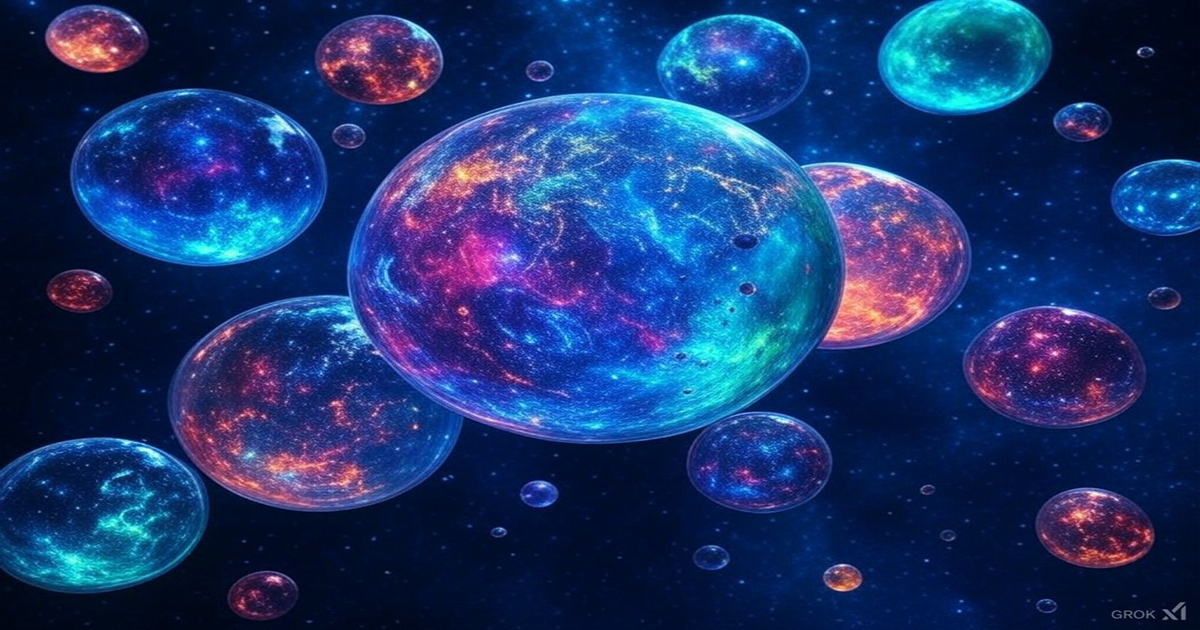
Conclusion
The description of our universe as a bubble expanding yet surrounded by other bubbles of universes is a logic frontier in cosmological thinking. It still plays as a theory, but it can bear answers and explanations to many of the world’s concerns today.
As we delve deeper into the wonders of the universe and further advance our theories, we could come closer to discovering the truth about our universe. Going into details, we might realize that our universe is not a bubble within the infinite ocean of all other universes, but venturing further, the answers are promising and interesting, even, though, we might never figure the truth out.
Being eager and curious, humans are trying harder every day to discover the secrets of the universe. And who knows, they might be only moments away from groundbreaking discoveries. Either way, the biggest mystery is yet to come, and so is the journey.
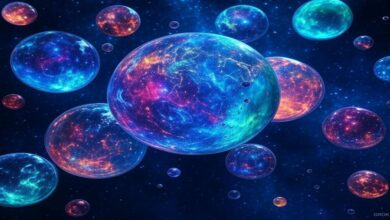
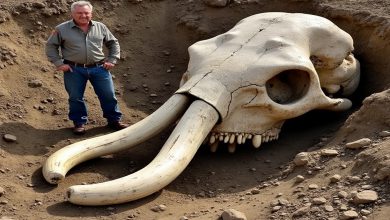
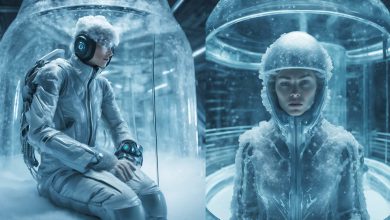
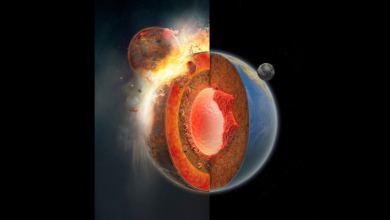
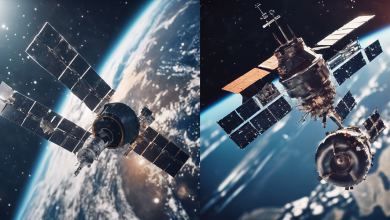

This idea has been around in Hinduism for centuaries. Vishnu and the causal ocean.